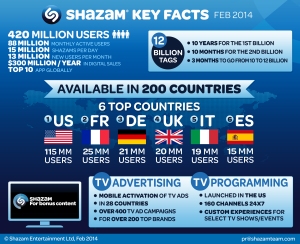From anonymous Facebook pages inspired by gossip girl ‘confessions’ to ‘leaked snapchat pics’ to Tinders inconsolable practice of rating womens bodies, the online world enables users to hide behind their screens and project their opinions- be they racist, sexist or cruel- in a way in which they remain anonymous and unaccountable for their actions.
With over 500 million active Facebook users worldwide, 21st century bullying places a high emphasis on the cyber component. Scarily, this trend does not just apply to teens (the generalised audience for cyber activity). A study in 2010 revealed that 65% of Year 4 Primary aged students experienced cyber bullying. On the other side of the spectrum, leading professionals, especially journalists, are not exempt from such anonymous tactics. The hash tag #mencallmethings illuminates the same prejudice and online bullying, in a more vulgar manner and particularly targeted toward women. The hashtag was designed to name and shame these misogynistic members of society and raise awareness so that women may band together in their outrage.
‘Tiger Beatdown’ analyses the elements which mark these hateful comments as sexist. Please note the following content contains vulgar language and horrific threats.
Comments targeting women are sexist when containing one or more of the following themes:
1. “The weaker sex”
2. “Unfuckable whores”
3. “Queer”
4. Rape themes
5. “You’re Crazy”
6. “You’re not a woman”
7. “You’re no fun at all” (in regards to remaining professional and refusing to engage in sexual activities)
Thousands of tweets illuminate the great extent to which women have been targeted via anonymous communication methods, many online through social media and comments on reviews, blogs or websites. Email, text and mail are further methods in which women have received anti-feminist propaganda and hateful content.
A lack of identity is a contemporary issue allowing for extended freedom in crime and inappropriate behaviour. Originiating in Russia 2009 before spreading to Australia, the ‘porn virus’ targeted users who breached child porn policies. Hackers activated the users webcam during use and claimed to be members of Federal Police. Hackers then issued a ‘fine’ for their breach in child pornography and often gained credit card details as well as a bank deposit. This scam occurred online and anonymously, as users thought their captors were members of the police force.
In case you need it: Girls Guide for Staying Safe Online
REFERENCES:
Schipano, L 2014, Modern Bullies Hide Behind a Computer Screen,The Punch: Australia’s Best Conversation, weblog, 12 November, viewed 16 May 2014, <http://www.thepunch.com.au/articles/modern-bullies-hiding-behind-a-computer-screen/>.
Sady, J 2011, But how do you know its sexist? The #mencallmethings round-up, Tiger Beatdown, weblog, 10 November, 16 May 2014, <http://tigerbeatdown.com/2011/11/10/but-how-do-you-know-its-sexist-the-mencallmethings-round-up/>.
Houston, C 2013, ‘Porn Users Extorted’, Sydney Morning Herald, 18 August, viewed 16 May 2014, <http://www.smh.com.au/national/porn-users-tricked-in-cyber-extortion-20130817-2s3v3.html>.




















